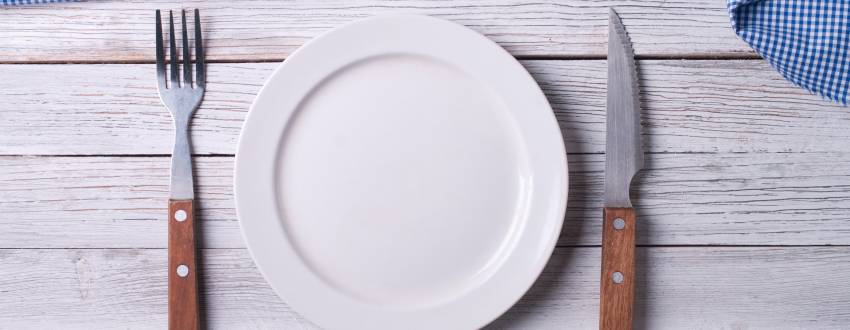Like most great cooking, the picture-perfect pie is both a science and an art. It’s worth taking a moment to acquaint yourself with a few important prep details for these well-loved desserts.
“Crusty and Flaky” – If You’re Talking About Pie, These Are Compliments

A major element of every pie is, of course, the crust. You may be comfortable making your own crust, but if that’s not your thing, take heart. There are perfectly good pre-baked crusts at your favorite store.
By the way, yes, you do pre-bake the crust. A pie with a wet filling (apple and pumpkin, anyone?) needs a firm foundation. Pre-baking gives the pie a richer color, too. There are many ins and outs of how to make a great pie crust, and these deserve their own article. We’re focusing on the filling today.
No Pies Were Harmed in the Making of This Dessert
Part of what makes a pie so exciting to bring to the table is the actual moment of presentation. You worked hard, and you want it to be pretty! But you don’t want the insides to be raw. Or burnt. So how do you tell if a pie is done without slicing into it?
We modern cooks can breathe a sigh of relief that we’re not baking our pies over a wood fire. But some old-school methods still come in handy. Which one to use depends on the filling.
Pumpkin Pie, A Yummy Custard Concoction

The filling of a pumpkin pie is custard (which is why it’s so much fun to eat). But that’s why it’s also a bit of a challenge. When you check this pie for doneness, nudge the pan a little and see how much the pie filling is moving. The part closer to the edge of the pie pan should be firm, but the inside should be a bit jiggly. If the center is very loose, give it more time.
Once your pie is out of the oven, place it on a cooling rack away from heat. You see, cooling is part of the science: custard continues to cook even after it’s out of the oven and it sets while it cools.

An Apple a Day
On to apple pie, or other fruit-filled pies like peach and pear. Look for a nice, golden crust, and also check the vent holes that you cut into the top crust before you started baking. Is the filling bubbling? It should do so for about five minutes before you take the pie out of the oven.
Next, feel the fruit. You know, similar to what you did when you bought it to begin with. Except when you bought it you were probably checking that it was hard enough. Now you’re checking that it is soft enough.

A time-tested way to do this is to stick a toothpick (or a shish-kebab skewer) into a piece of the fruit in the filling. Again, vents in the crust are the answer.
What are the clues to doneness with fruit filling? Ask yourself if it’s easy or difficult to insert that skewer. Difficult? Not ready. Takes a little effort? Almost ready, but not quite. (It’s the equivalent of al dente pasta. You may like it this way …) If you push the toothpick and there’s no resistance, the fruit is fully cooked.
Just to be safe, repeat this process in a few more vents – check at 90-degree intervals. And if you find that it needs more time, rotate the pie a half turn to equalize the heat in baking.

In the meantime, technology – aka the thermometer – is a good backup tool. You want an oven thermometer and a food thermometer. The oven thermometer will tell you what you’ve already suspected for some time –your oven is too hot or too cold and doesn’t match what you’ve set on the dial.
Food thermometers come in low-tech, high-tech, and super-high-tech versions. Any of them will tell you the internal temperature of your pie, and the number you are looking for is 175 degrees Fahrenheit. The downside of using a thermometer is that it makes a hole, but it’s a small one, and you’ll get your results without having to cut the pie outright.

Ready, Set, Bake
Now that you’re all educated in the matter of pie-doneness, which one do you want to try? A quick exploration on kosher.com turned up both “The Best Pumpkin Pie” and a few recipes for nice, classic Apple Pie.
Whether you use only the old-school methods or a mixture of old-school and technology, understanding the pie-making back-story will add to the memories of any special-occasion meal.






Reviews